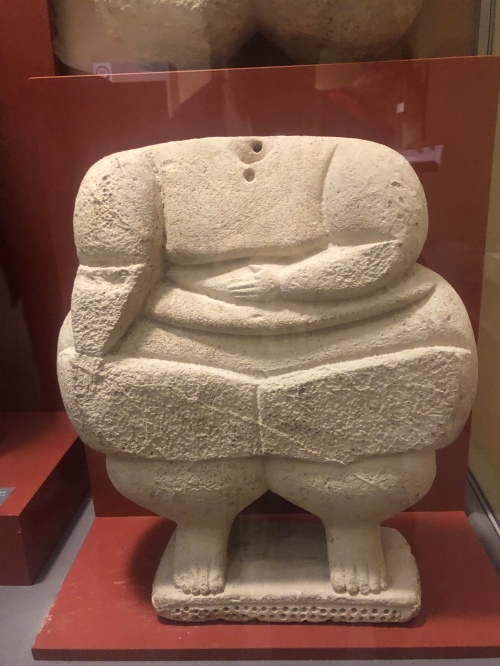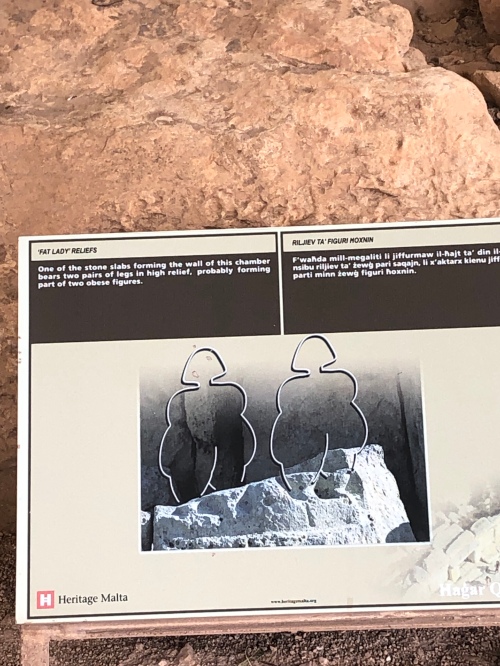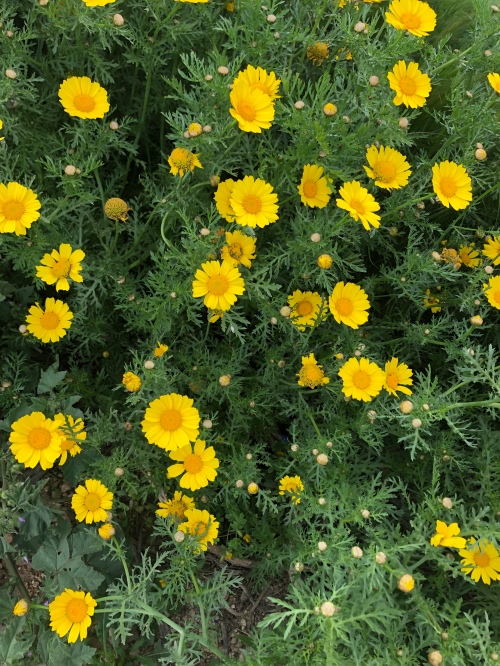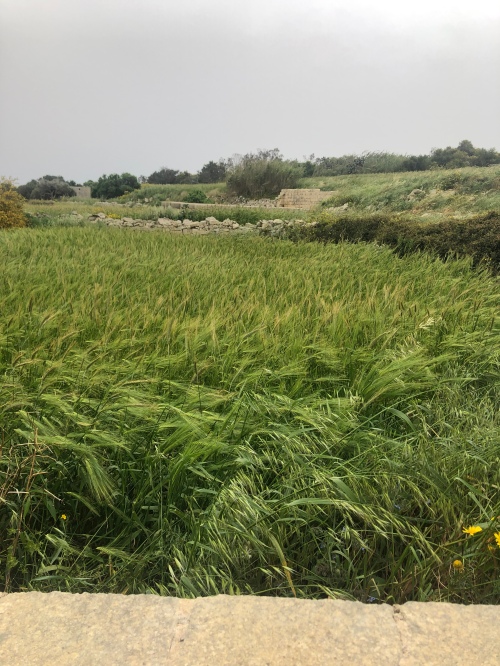If it is an ancient structure, built with care and lined up with the sun, is it a temple? Maybe it is a site for astronomy. If there are figurines that look like women, are they goddesses, and for fertility? Maybe they were the artist’s ideal of sexy beauty.
We visited two ancient temples, one on Gozo and one on Malta. The Gozo one we were very rushed for, as it was part of a tour. We were allowed longer in the shops than on the fascinating archeological site, unfortunately.
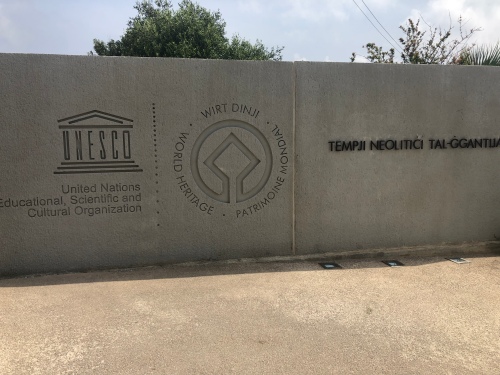 The Gozo megalithic temple we visited, Ggantija (meaning large) was special and beautiful, overlooking the coast. For some reason the figurines were mostly headless, with a strategic hole in the neck where a detachable head could be fitted.
The Gozo megalithic temple we visited, Ggantija (meaning large) was special and beautiful, overlooking the coast. For some reason the figurines were mostly headless, with a strategic hole in the neck where a detachable head could be fitted.



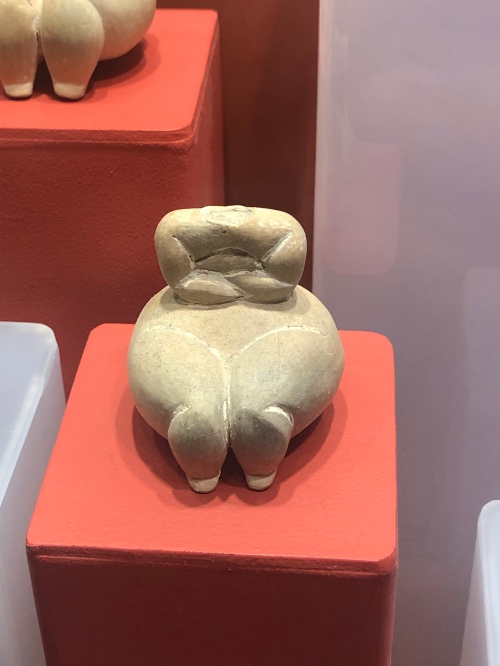 Bodiless heads were also found on the site.
Bodiless heads were also found on the site.


 The limestone is weathering quite badly after 5,800 years, yet the spaces retain a sense of being highly significant. The wildflowers were lush and colourful and there were lots of wild herbs.
The limestone is weathering quite badly after 5,800 years, yet the spaces retain a sense of being highly significant. The wildflowers were lush and colourful and there were lots of wild herbs.
On Malta we visited Hagar Qim, on a local bus so we could take as long as we liked. More limestone megaliths by the sea, and the same pattern of a passage leading to paired oval rooms. It really felt like a women’s space, confirmed by the sturdy, voluptuous figurines. To me the shape of the internal spaces was like that of a large-breasted woman lying on her back with breasts falling sideways, symbolised by the paired oval rooms. I told Jim, who answered, Yes, but what is it that you do? I do have a particular lens on the world. I really liked being at Hagar Qim and felt deeply grounded there. More wonderful coastline and lush wildflowers. The text in the adjacent museum described the figurines as obese. It’s not the right word; these figures were sturdy and well-fed in a self-sufficient society, so could have symbolised plenty and fertility.
